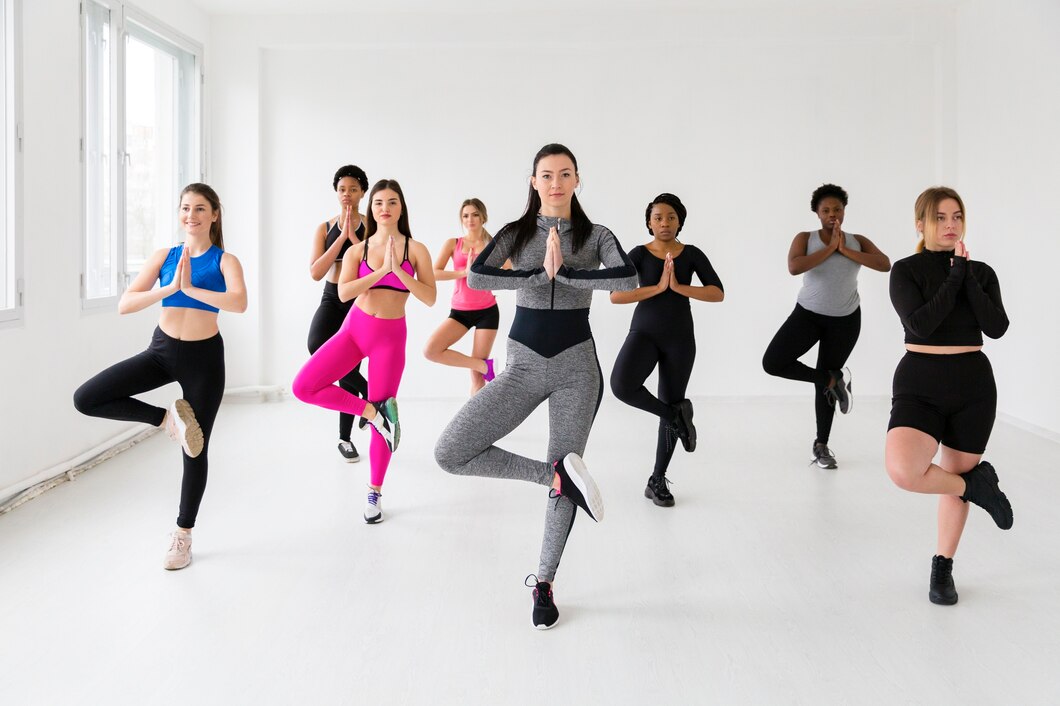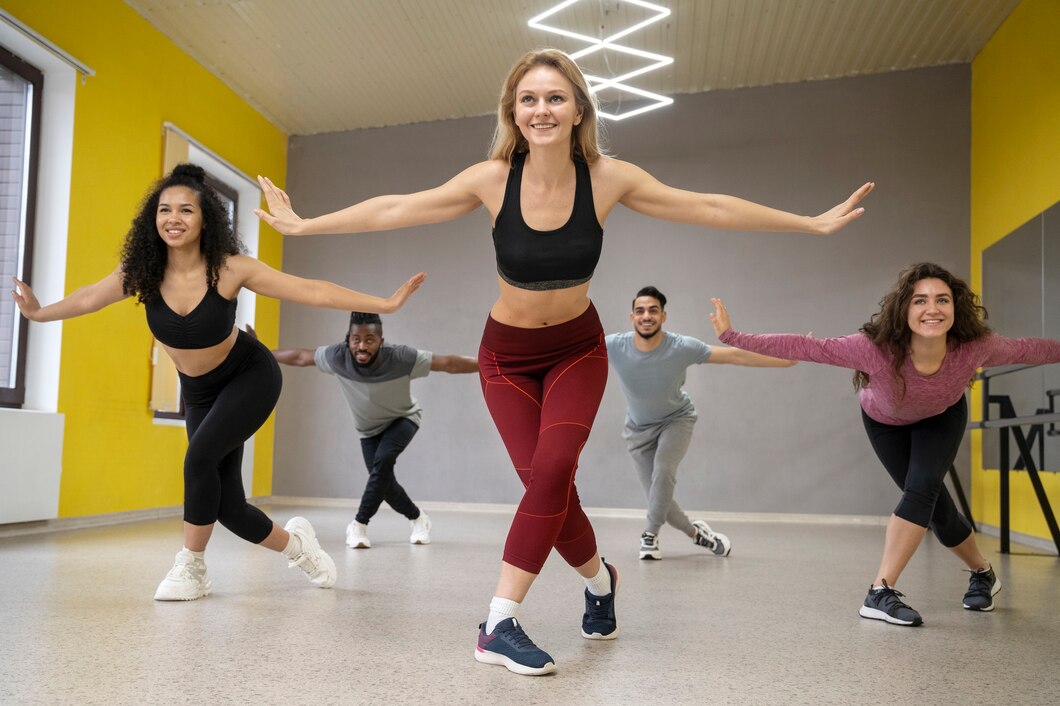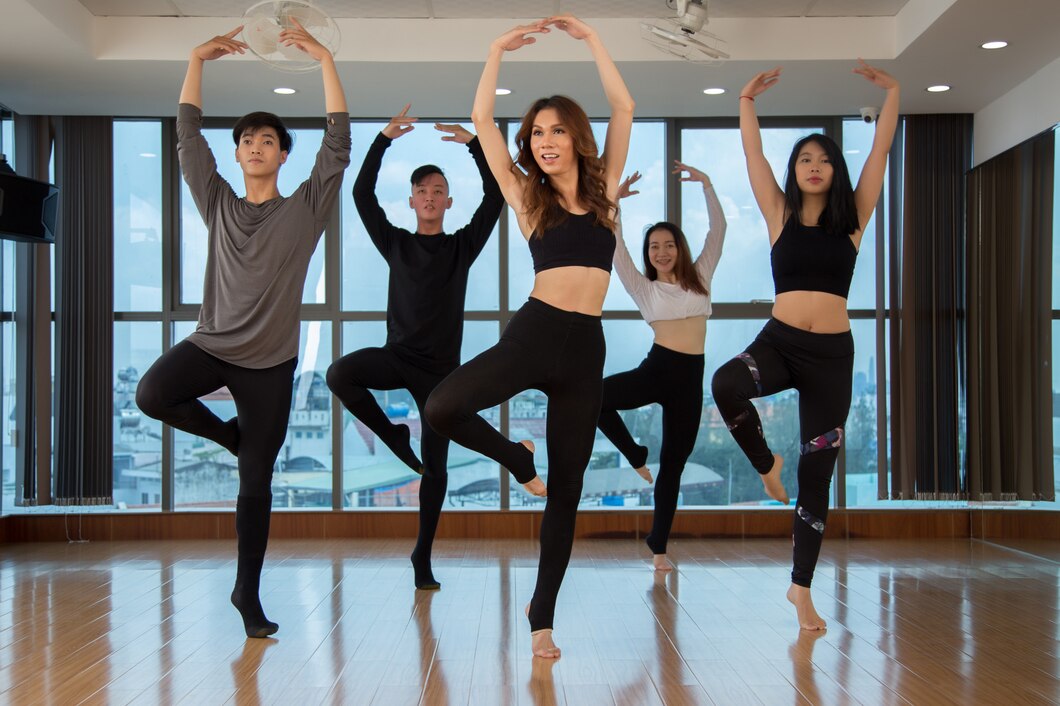The Benefits of Dance Workouts for Mental & Physical Health
Exercise is a critical part of a healthy life, but not everybody finds traditional gym workouts or organised fitness routines fun. Dance fitness is the best way to stay active from home while improving your mental health as well. As the popularity of dance workouts spreads throughout the UK, an even wider audience is discovering the fantastic benefits

Exercise is a critical part of a healthy life, but not everybody finds traditional gym workouts or organised fitness routines fun. Dance fitness is the best way to stay active from home while improving your mental health as well.
As the popularity of dance workouts spreads throughout the UK, an even wider audience is discovering the fantastic benefits of exercise that includes creative movement.
Whether it’s from a high-energy Zumba class, hip-hop cardio workout or the graceful flow of ballet fitness, movement therapy from dance can be a motivating factor for your overall health.
In this article, we shall look at what all are the benefits of dance fitness, the role of physical fitness in maintaining mental wellness, and why dance fitness is one of the most delightful ways to stay fit. This is your quickie solution, if you want an effective strategy to become flexible, enhance your mood, and burn calories while having fun, dance-based workouts might be the perfect choice for you.
The Rise of Dance Fitness in the UK
Over the past decade, dance-based workouts have become a favourite among fitness enthusiasts across the UK. With the rise of online classes, community dance sessions, and specialist studios, more people are realising that staying active doesn’t have to mean lifting weights or running on a treadmill. Dance fitness combines movement, music, and fun, making it an engaging alternative to conventional workouts.
Why People Prefer Dance Fitness
- Enjoyment Factor: Unlike repetitive gym exercises, dancing feels more like a celebration than a workout.
- Inclusivity: Dance workouts cater to all fitness levels, from beginners to advanced movers.
- Variety: Whether you prefer salsa, hip-hop, or aerobic dance, there’s a style for everyone.
- Accessibility: Many dance workouts can be done at home, requiring no special equipment.
- Community Engagement: Many dance classes create a supportive and social environment, making it easier to stay motivated.

Physical Benefits of Dance Fitness
1. Improved Cardiovascular Health
Dance fitness routines involve continuous movement, which helps improve cardiovascular endurance. The combination of rhythmic movement and an elevated heart rate enhances circulation, strengthens the heart, and lowers the risk of heart disease. Even a 30-minute dance workout can have a significant impact on heart health by increasing oxygen flow and improving lung capacity.
2. Enhanced Flexibility and Mobility
Regular dance workouts promote flexibility improvement by incorporating stretches, extensions, and fluid motions. Many dance styles involve full-body movements that help keep joints and muscles supple, reducing stiffness and the risk of injury. Ballet-based workouts, in particular, focus on elongating muscles and improving posture, while hip-hop or Latin dance styles encourage full-range movements that support overall mobility.
3. Increased Strength and Muscle Tone
Many fun exercise routines involve resistance-based movements that engage multiple muscle groups. Styles like ballet fitness and dance cardio workouts help sculpt muscles while improving endurance and balance. Unlike weightlifting, dance workouts provide a functional way to build strength, particularly in the core, legs, and arms, without placing excessive strain on the joints.
4. Weight Management and Fat Loss
Dance workouts provide an effective way to burn calories while enjoying yourself. Depending on the intensity, dance fitness can help with weight loss, improve metabolism, and contribute to long-term weight maintenance. A high-energy dance session like Zumba or aerobics can burn between 300-600 calories per hour, making it an efficient and sustainable workout for those looking to shed excess weight.
5. Better Posture and Coordination
Many people struggle with poor posture due to sedentary lifestyles. Dance improves body awareness, posture, and coordination by strengthening core muscles and encouraging proper alignment. Those who regularly participate in dance workouts develop greater balance, which can be beneficial for preventing falls and injuries, particularly in older adults.

Mental and Emotional Benefits of Movement Therapy
1. Stress Reduction and Mood Enhancement
Movement therapy through dance is a great stress reliever. Music, rhythmic movement, and physical activity trigger the release of endorphins—the body’s natural mood boosters. Studies have shown that dance can alleviate symptoms of anxiety and depression by promoting a sense of joy and self-expression. Engaging in fun exercise routines like dance also helps reduce cortisol levels, the hormone responsible for stress, making it an effective way to unwind after a long day.
2. Cognitive Benefits and Brain Health
Dance routines require memorisation, coordination, and rhythm, which stimulate brain activity. Engaging in dance fitness regularly has been linked to improved cognitive function, better memory retention, and even a reduced risk of dementia in later life. The complexity of learning new dance moves encourages neuroplasticity, the brain’s ability to adapt and form new connections, which is essential for cognitive longevity.
3. Boosted Confidence and Self-Esteem
Many people feel more confident and empowered after participating in fun exercise routines like dance workouts. The sense of achievement in mastering new moves and expressing oneself through movement fosters a positive self-image. Dancing in a group setting also helps improve social skills, making it easier for individuals to connect with others and build friendships.
4. Social Connection and Community Support
Participating in group dance classes helps build social connections. Whether online or in person, dance fitness classes create a sense of belonging and motivation, which is beneficial for mental well-being. Having a support system can make exercising more enjoyable and encourage long-term commitment to staying active.

Different Types of Dance Fitness Workouts
1. Zumba and Latin Dance Workouts
Zumba is one of the most popular dance fitness routines worldwide. Combining Latin dance styles like salsa, merengue, and reggaeton with cardio-based exercises, Zumba provides a full-body workout that is both exhilarating and effective.
2. Ballet-Based Workouts
Ballet-inspired workouts, such as barre fitness, focus on controlled movements, balance, and flexibility improvement. These classes are excellent for toning muscles and improving posture.
3. Hip-Hop and Urban Dance Workouts
For those who enjoy high-energy, upbeat workouts, hip-hop dance routines offer a fun and dynamic way to build stamina and endurance.
4. Aerobic Dance Classes
Step aerobics and other dance-based cardio workouts incorporate structured choreography with aerobic movements, making them ideal for calorie-burning and endurance training.
5. Free-form dance and Movement Therapy
Some dance workouts focus on expressive movement and movement therapy, allowing participants to move freely to music without strict routines. This type of dance is beneficial for emotional release and creative self-expression.
Conclusion
Dance fitness is more than just a workout—it’s an enjoyable and holistic way to improve both physical and mental well-being. With a range of styles to suit all fitness levels, dance provides an accessible and effective form of movement therapy that strengthens the body, relieves stress, and boosts confidence.
For those in the UK looking for fun exercise routines, dance workouts offer an exciting alternative to traditional gym-based exercises. Whether you’re dancing at home, in a class, or at a community event, moving to music is one of the best ways to stay fit and feel great.
Why not give it a try today? Find a dance style you love, move to the rhythm, and experience the incredible benefits of dance for yourself!